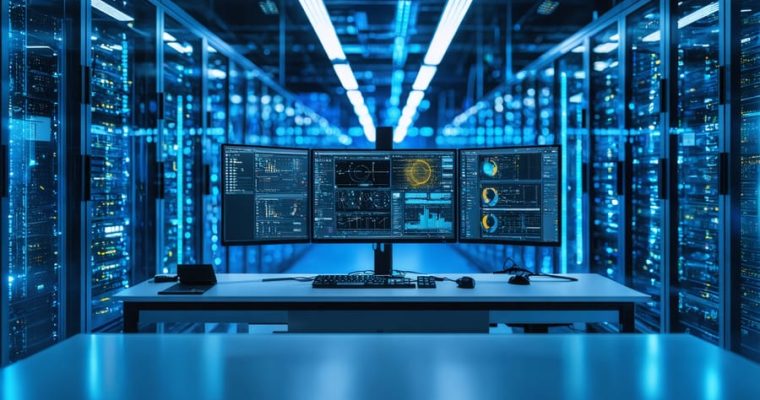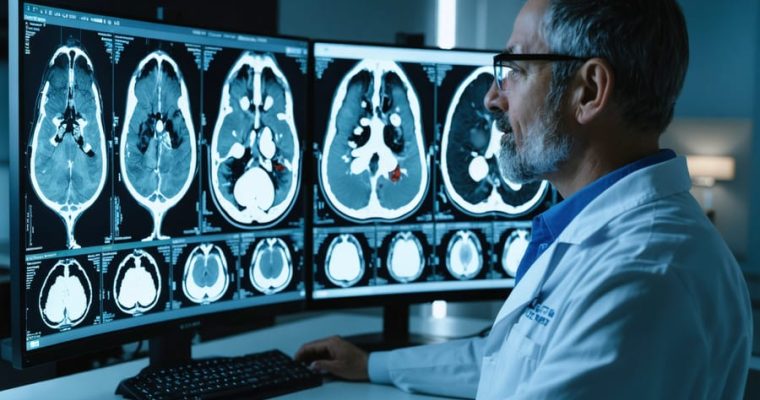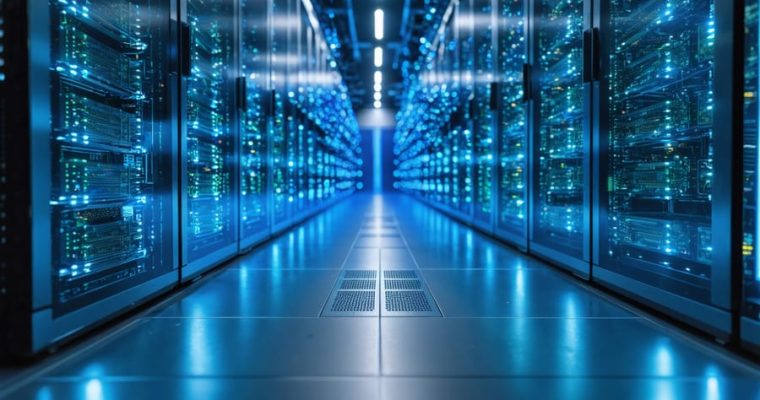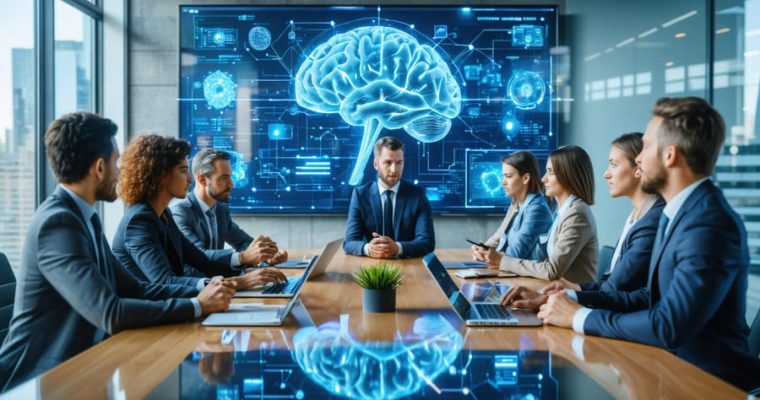How AI Is Transforming Delta-9 THC Research (And What Scientists Are Finding)
Delta-9 tetrahydrocannabinol (THC), the primary psychoactive compound in cannabis, has long puzzled researchers with its complex interactions in the human body. As consumer interest surges—evidenced by the growing popularity of products in Budpop’s Delta 9 category—scientists face mounting pressure to understand THC’s therapeutic potential, safety profiles, and molecular mechanisms. The challenge? Traditional research methods struggle to keep pace with the compound’s intricate biochemistry and the sheer volume of emerging data.
Artificial intelligence is revolutionizing how we study Delta-9 THC by processing vast datasets that would …











